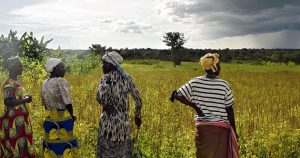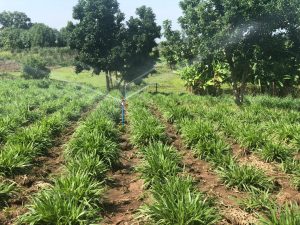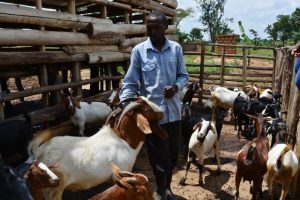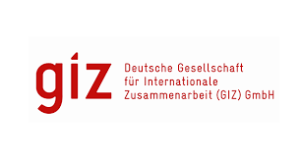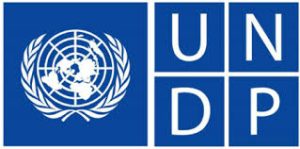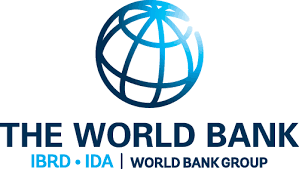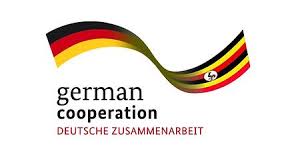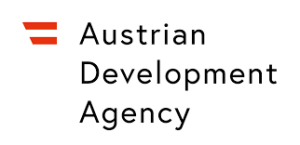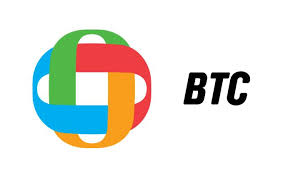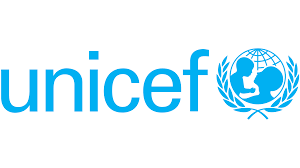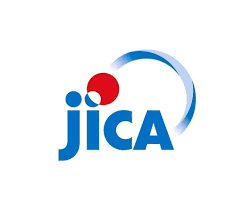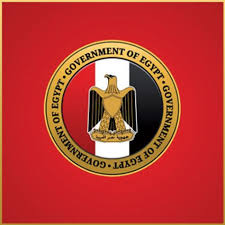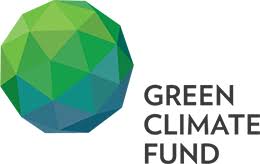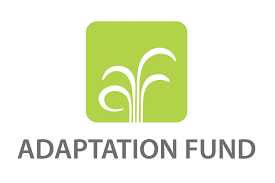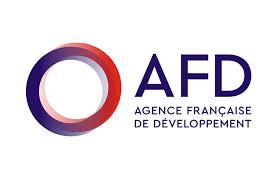35 Solar Powered Mini-Piped Water Schemes.
The 35 Solar Powered Mini-Piped Water Schemes (SPMPWS) project was a significant initiative undertaken by the Ministry of Water and Environment, aimed at enhancing access to safe and reliable water supply in numerous rural and semi-urban communities across Uganda. This project leveraged renewable solar energy to power water pumping and distribution systems, representing a sustainable and cost-effective approach to expanding water coverage and improving public health. The focus on solar technology underscored Uganda’s commitment to environmentally friendly solutions and climate change adaptation in the water sector.
Key Objectives Achieved by the Project:
The SPMPWS project successfully accomplished several crucial objectives:
- Increased Access to Safe Water: The primary objective of providing increased access to safe and clean piped water was met across the target communities. The installation of 35 mini-piped schemes significantly expanded the reach of reliable water sources to previously underserved populations.
- Activities included: Drilling of boreholes, installation of solar panels and submersible pumps, construction of elevated storage tanks, and laying of distribution networks with public water points and household connections.
- Promotion of Sustainable and Green Technology: The project championed the use of solar energy, demonstrating a commitment to sustainable water supply solutions. This reduced reliance on fossil fuels, lowered operational costs for communities, and minimized the carbon footprint of water provision.
- Activities included: Design and installation of solar power systems tailored to the specific water demand of each scheme.
- Improved Health and Hygiene: By ensuring the availability of safe piped water, the project directly contributed to improved public health outcomes in the beneficiary communities. This reduced the incidence of waterborne diseases and facilitated better hygiene practices.
- Activities included: Community sensitization on water safety, hygiene, and proper utilization of the new piped water systems.
- Enhanced Community Management and Ownership: The project fostered strong community involvement in the management and maintenance of the water schemes. This approach aimed to ensure the long-term functionality and sustainability of the infrastructure.
- Activities included: Training of Water User Committees (WUCs) in scheme operation, maintenance, and financial management.
- Economic Benefits for Communities: Reliable access to water freed up time, particularly for women and children who traditionally spent hours fetching water, allowing them to engage in more productive activities. This indirectly stimulated local economic development.
- Activities included: Creating local employment opportunities during the construction phase and empowering communities to manage their own water resources.
Project Scope and Impact:
The SPMPWS project involved the complete development and commissioning of 35 independent solar-powered mini-piped water schemes across various districts in Uganda. Each scheme typically comprised a high-yielding borehole as the water source, a robust solar power system to drive the pump, a submersible pump to abstract water from the borehole, an elevated water storage tank to ensure gravity-fed distribution, and a network of pipes distributing water to multiple public standpipes (water points) and, in some cases, private household connections.
The implementation of these schemes resulted in a tangible improvement in the quality of life for thousands of Ugandans, providing them with consistent access to safe, clean water right within their communities. The project stands as a testament to the effectiveness of decentralized, solar-powered solutions in addressing water scarcity challenges, especially in rural and underserved areas.
Districts and Scheme Names Covered:
The 35 completed solar-powered schemes were strategically implemented in the following districts:
| NO. | DISTRICT | SCHEME NAME |
| 1. | Adjumani | Kololo-Ofua |
| 2. | Agago | Geregere |
| 3. | Amudat | Amudat |
| 4. | Apac | Aloka-Inomo |
| 5. | Bugiri | Nabukalu |
| 6. | Busia | Munduya |
| 7. | Butaleja | Manyamye |
| 8. | Buvuma | Tojjwe |
| 9. | Gomba | Kakubansiri |
| 10. | Isingiro | Kashenyi |
| 11. | Jinja | Nsozzibiri |
| 12. | Jinja | Kigalagala |
| 13. | Kaabong | Lolelia |
| 14. | Kaliro | Buyuge |
| 15. | Kaliro | Bulyakubi |
| 16. | Kamuli | Kasolwe |
| 17. | Kayunga | Nakirubi |
| 18. | Kiruhura | Kanoni |
| 19. | Kiryandongo | Panyandot |
| 20. | Kumi | Atutur |
| 21. | Kyankwanzi | Bakusekamajja |
| 22. | Luwero | Lunyolya |
| 23. | Luwero | Ngogolo |
| 24. | Lwengo | Kiwangara |
| 25. | Mayuge | Nakalanga |
| 26. | Moroto | Lorukumo |
| 27. | Mpigi | Kyewanise |
| 28. | Mubende | Kikandwa |
| 29. | Namayingo | Kifuyo |
| 30. | Ngora | Morukakise |
| 31. | Nwoya | Gwenotowm |
| 32. | Otuke | Alango |
| 33. | Rakai | Kyakatuuma |
| 34. | Serere | Iningo |
| 35. | Yumbe | Kilanga |
 Official Website of the Ministry of Water and Environment
Official Website of the Ministry of Water and Environment




